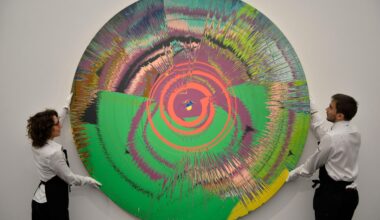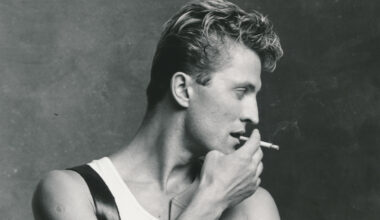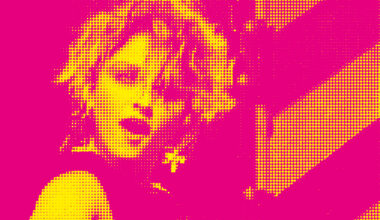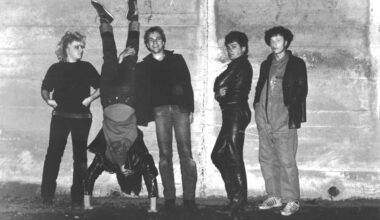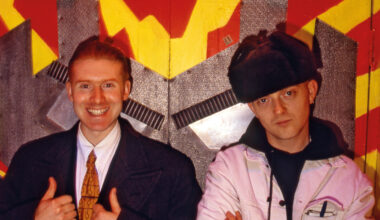Producer Pascal Gabriel revisits his innovative work on a brace of 1988 megahits, ‘Beat Dis’ and ‘Theme From S-Express’
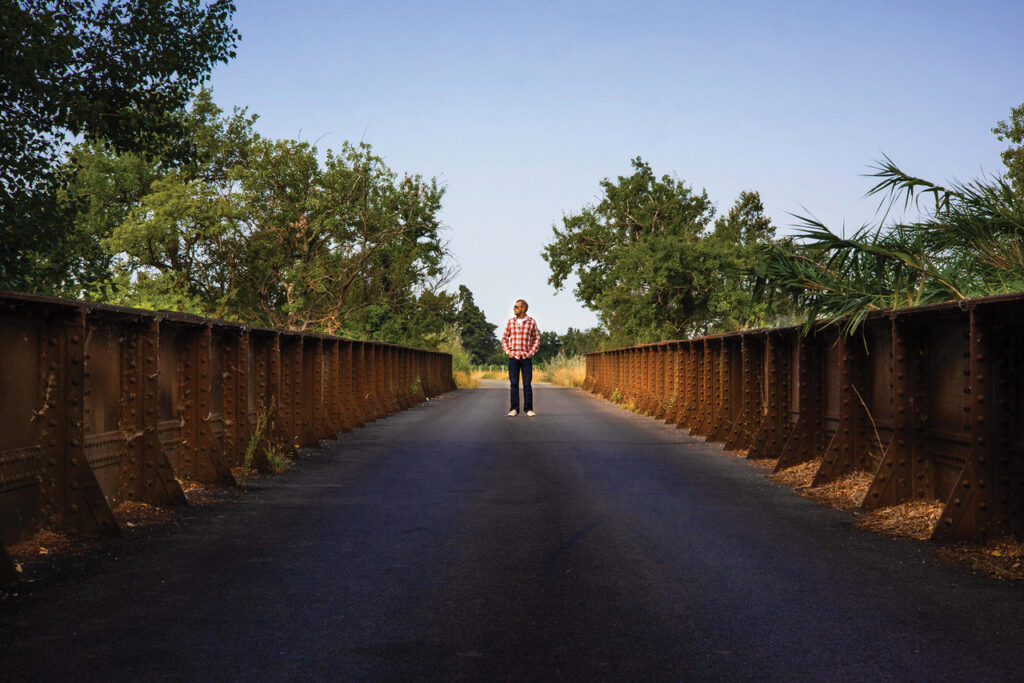
It was a Monday morning in February 1988 when Pascal Gabriel realised he had a massive hit on his hands. The freelance Belgian sound engineer had popped by the Rhythm King label offices on Harrow Road in west London in the hope he might be paid for his services.
“They weren’t very good at paying up on time, so I went round there,” says Gabriel, who was born in Brussels and has been based in London since 1979. “I turned up, and the phones were off the hook! All the dealers were going, ‘We’re running out! It’s Monday and we’re running out. You have to give us some more vinyl’.”
The vinyl they were running out of was the Bomb The Bass debut single ‘Beat Dis’, a collage of hip hop, film samples and an electric alarm clock, all held together by a groovy, repetitive bassline that Gabriel had recorded with the DJ Tim Simenon. Radio play for the track had been scarce, but the combination of dancefloor exposure and word-of-mouth enthusiasm was paying dividends. The demand had caught the label completely by surprise.
By midweek, Rhythm King’s distributor had run out of seven-inch singles and they were up against Kylie Minogue’s ‘I Should Be So Lucky’, which was selling very nicely…
“So we ended up being Number Two that week,” says Gabriel with some disappointment. “But I was pleased because it was a little venture of mine and Tim’s that had suddenly gone global. It was fantastic.”
Ironically, Gabriel would go on to work with Kylie in later years, but that’s a story for another day.
The origins of ‘Beat Dis’ were inauspicious. Gabriel had done several freelance engineering jobs for Rhythm King when they approached him to make a medley of material from the label with a DJ friend of theirs.
“And so Tim and I got together, and originally this project was going to be called the Rhythm King Allstars. After about a day in the studio, we decided there wasn’t really enough material and Tim suggested we add some samples from hip hop records, which sounded like a good plan. And then Tim came up with loads of kettle noises and other stuff, and we put it all together.”
Gabriel says the real boon was having the Akai S900 at his disposal, an affordable 12-bit sampler with more than one output that had come onto the market quite recently.
“By the end of the week, we had five S900s fully loaded into my little Commodore 64 computer, with a crap MIDI thing hanging out the back of it. It was great! It was a real adventure. It was really pushing the available technology to its absolute limits.”
Around the same time Gabriel and Simenon were working on ‘Beat Dis’, another group of DJs were doing something similar down the road under the name M|A|R|R|S. ‘Pump Up The Volume’ beat ‘Beat Dis’ to the punch, though it didn’t provide the inspiration for its acid house counterpart some might have assumed.
“The only record we were aware of that made use of samples back then was PWL’s ‘Roadblock’ [Stock Aitken Waterman]. So in this case, we were both in our respective studios thinking the same thing, probably with the same gear.”
Rhythm King were impressed with what Gabriel had done for Bomb The Bass and suggested he work with another DJ, Mark Moore, who ran a successful night at Heaven nightclub playing early Chicago house records.
“So the label said, ‘Here’s 500 quid, off you go’,” says Gabriel.
The pair recorded ‘Theme From S-Express’ in a Hackney lock-up owned by producer Johnny Edward, who was responsible for novelty one-hit wonders Renée And Renato and, more strangely, the kids’ TV show ‘Metal Mickey’. Gabriel and Moore got on like a house on fire, though there were never any drugs taken in the process.
“We did an article about the making of the track a while back,” recounts Gabriel. “And the journalist was trying to find out if we were high on E when we did it. I don’t think Mark and I ever took anything like that together – he was almost a teetotaller when I first met him. I smoked a bit of pot like most people, but that was only after the session, because everything sounds great when you’re stoned. You know what I mean?”
While Simenon had elected to mash together hip hop, John Barry records and found sounds, Moore was keen to utilise ‘Is It Love You’re After’ by Rose Royce with TZ’s ‘I Got The Hots For You’ chopped up, quantised and sprinkled on top. S’Express also came up with the impressive innovation of sampling hairspray to replicate the sound of a hi-hat. This time, Rhythm King was fully prepared and made sure it had enough polyvinyl chloride.
“So yeah, I got my Number One in the end,” says Gabriel proudly.
‘Theme From S-Express’ spent two weeks at the top in April 1988. It wasn’t all happy-ever-after though.
“Clearly, like everyone else who used a lot of samples in those days, you get done,” says Gabriel, referring to copyright issues that ended in litigation. “We never cleared any of it. At the time we didn’t know because it was all such a new thing.”
In his defence, he points to the fact that nobody envisaged the tracks would be such big commercial hits.
“It wasn’t radio support that got them there,” he says. “It was the clubs. We thought they’d do well in clubs, but we never imagined they’d end up in the charts. I went around with white labels of ‘Theme From S-Express’ to record companies trying to get a job as a producer and writer, and they’d say, ‘Oh, well that’s a club record, isn’t it? It’s not going to do that well’. Of course, after it went to Number One they’d call me and say, ‘Oh Pasc, we told you it was going to be a hit, didn’t we?’. Whatever…”
